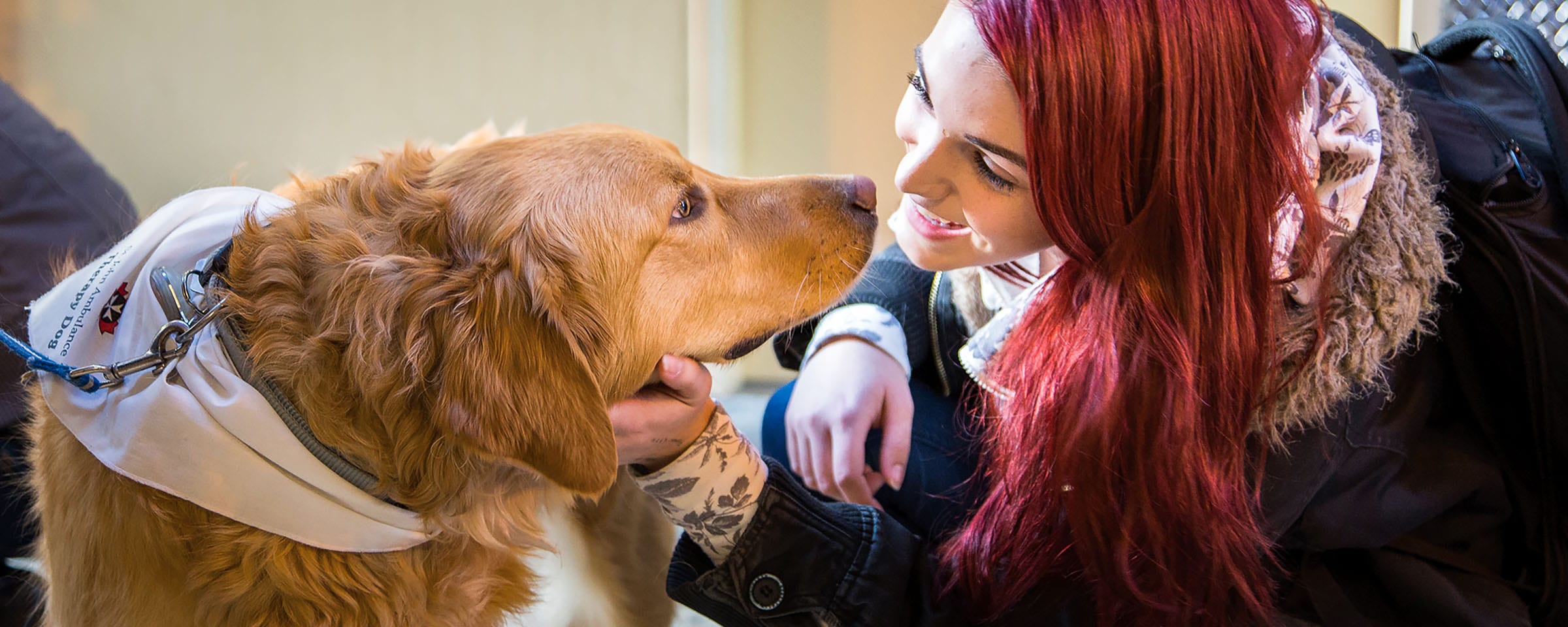Monday Mash – Wellness Links – July 8
Feeling stressed, anxious, sad, or need to clear your brain? Here are a few of my favorite sites to make me smile and laugh (sometimes to the point of crying)!
- Need a card for an occasion so strange that Hallmark doesn’t even recognize it? SOMEECARDS.COM has it covered. Still can’t find what you are looking for….they even let you create your own.
- Ever feel gypped that you never find yourself in the middle of a flash mob? IMPROVEEVERYWHERE.COM brings silliness and joy to the serious folk of New York. The troupe is famous for their “No Pants Subway Ride“, “MP3 Experiments” and other fun events – check it out! CAUTION: it is my mission this summer to bring the “Black Tie Beach” event to Winnipeg….keep tuned in for details….
- Like lists? Sometimes you just need to know the “26 Invaluable Life Lessons According to Sloths“. Be warned: you could spend a full weekend surfing through funny compilations on BUZZFEED.COM!
Now are you feeling a little better? That’s good! 🙂









